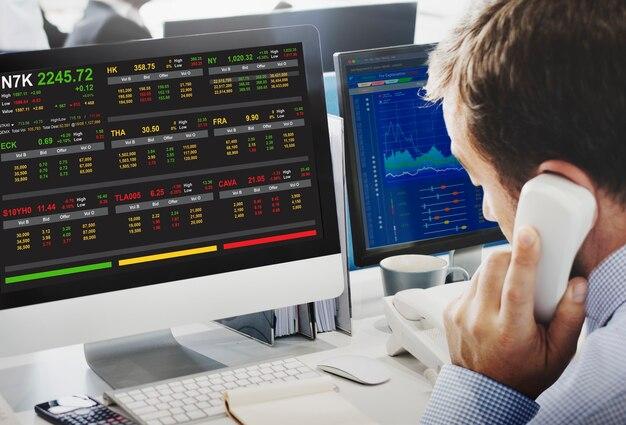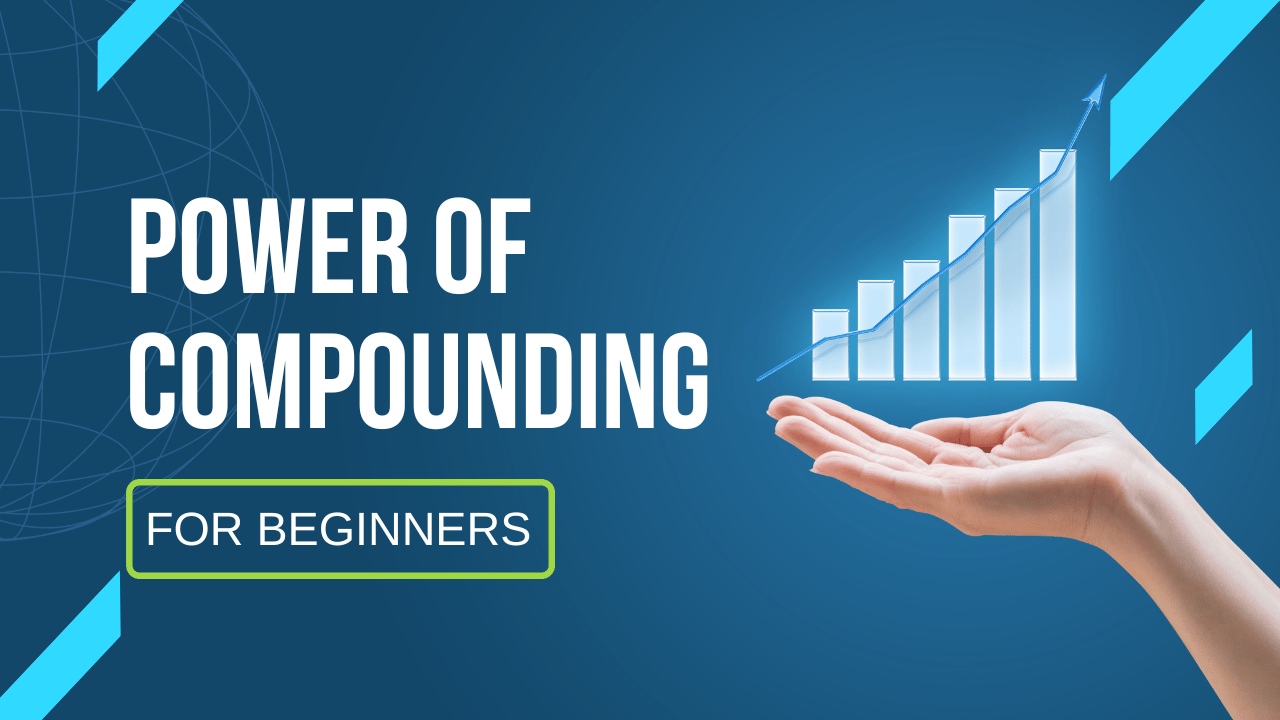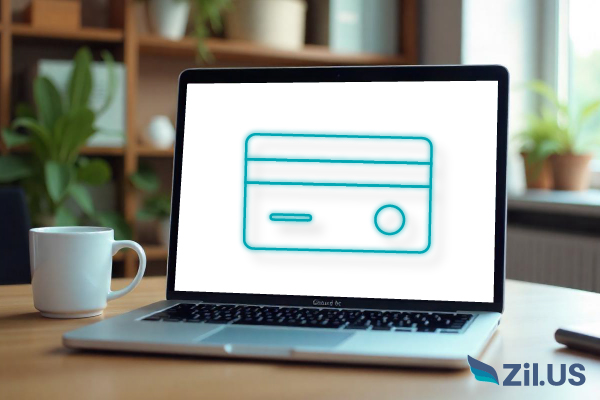Debt can feel like carrying a boulder up a hill—exhausting and never-ending. A debt consolidation plan in Singapore might be the boost you need to lighten the load. But before you dive in, it’s crucial to understand how these plans work and when they’re the right choice. Let’s break down the five key things to know about debt consolidation planning, so you’re armed with knowledge and not drowning in confusion.
1. What Exactly Is a Debt Consolidation Plan?
A debt consolidation plan is a financial strategy that combines multiple debts into a single loan, making repayments simpler and often more affordable. Instead of juggling payments to various creditors, you make one fixed payment each month.
These plans are particularly helpful if you have several high-interest debts, such as credit cards, personal loans, or overdrafts. By consolidating them, you can potentially reduce your overall interest costs and focus on clearing your debt systematically.
You can access such plans through a credit company in Singapore or a debt consolidation plan money lender. They’re tailored to help borrowers regain control of their finances without resorting to drastic measures.
2. Who Qualifies for Debt Consolidation Plans?
Not everyone is eligible for a debt consolidation plan in Singapore. These plans are typically designed for borrowers with substantial unsecured debts—think credit card balances, personal loans, or overdraft facilities.
Lenders often have specific criteria you must meet, such as a minimum debt threshold (usually twelve times your monthly income). Additionally, you’ll need to demonstrate a stable source of income to ensure you can manage repayments.
If you’re unsure about your eligibility, consulting a credit company in Singapore or a licensed debt consolidation plan money lender can help clarify your options. They can assess your financial situation and recommend the best course of action.
3. Benefits of Debt Consolidation Plans
A debt consolidation plan in Singapore offers several practical benefits. The most obvious is convenience—having just one monthly repayment instead of dealing with multiple creditors. This can reduce the stress of managing finances and minimise the risk of missed payments.
Another advantage is potentially lower interest rates. Consolidating high-interest debts into a single loan with a fixed, more manageable rate can save you money over time. This allows you to focus on clearing the principal amount rather than just chipping away at interest.
For some borrowers, these plans also extend the repayment period, which can make monthly instalments easier to manage. However, it’s important to note that a longer repayment term could increase the total interest paid, so weigh the pros and cons carefully.
4. What Are the Costs Involved?
Debt consolidation is not a free lunch. Like any financial product, it comes with costs you need to understand. Most lenders charge processing fees, which can be a percentage of the loan amount. Additionally, if you miss a payment or fail to meet the terms of the agreement, penalties could apply.
Interest rates vary depending on the lender and your creditworthiness. A debt consolidation plan money lender may offer slightly higher rates than banks, but they often provide more flexibility in terms of approval and repayment.
Before committing, take the time to compare plans offered by different providers, including banks and licensed credit companies in Singapore. Read the fine print carefully, and don’t hesitate to ask questions. Transparency is key to avoiding unexpected surprises.
5. When Is Debt Consolidation a Good Idea?
Debt consolidation isn’t a magic wand that fixes all financial woes. It works best if you’re committed to tackling your debt and need a structured repayment plan to get back on track.
If your existing debts come with high-interest rates that make repayment feel like an uphill battle, consolidating them could save you money in the long term. Similarly, if you’re struggling to keep up with multiple payment deadlines, a single monthly instalment can bring much-needed simplicity to your finances.
However, debt consolidation isn’t a good fit for everyone. If your financial troubles stem from excessive spending or poor budgeting, consolidating your debts without addressing these habits might only delay the problem. Use this plan as part of a broader strategy to improve your overall financial health.
What to Look for in a Debt Consolidation Plan Money Lender
Choosing the right lender is as important as the plan itself. A licensed credit company in Singapore will offer transparent terms and a clear repayment schedule. Avoid unlicensed lenders, as they often come with hidden fees and predatory practices that can worsen your situation.
Look for a lender that provides detailed breakdowns of costs, competitive interest rates, and flexible repayment options. Read reviews, seek recommendations, and don’t rush into a decision. The right lender will prioritise your financial well-being over making a quick profit.
Taking Control of Your Financial Future
Debt consolidation planning is not just about managing your current situation; it’s about setting yourself up for a more stable financial future. By simplifying repayments and potentially reducing interest costs, these plans can provide much-needed breathing room.
The key is to approach debt consolidation with your eyes wide open. Understand the terms, choose a debt consolidation plan from a reputable money lender, and commit to the repayment schedule. Use the opportunity to build better financial habits, such as budgeting and saving, to prevent future debt struggles.
If you’re considering a debt consolidation plan in Singapore, take the first step towards regaining control of your finances. Contact Shenton Credit for expert advice and tailored solutions that suit your needs.
Read More













